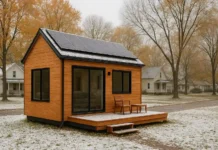The Similarities Between a Modern House and an Ancient Home 2025
Modern houses and ancient homes may appear to be worlds apart, but they share surprising similarities despite differences in materials, techniques, and styles. From their shared purpose to the integration of cultural values, exploring these commonalities provides insight into how humanity’s architectural needs have evolved over centuries while retaining fundamental principles.
Discover the striking similarities between a modern house and an ancient home, highlighting shared purposes, cultural connections, and design principles that transcend time.
Purpose: Providing Shelter and Protection

At their core, both a modern house and an ancient home serve the same fundamental purpose—shelter and protection. Ancient homes, built using materials like mud, wood, and stone, shielded inhabitants from harsh weather and predators. Similarly, modern homes use advanced materials such as reinforced concrete and insulated walls to provide a safe haven.
While the technologies differ, the primary objective remains the same: creating a secure space where individuals and families can thrive.
Use of Natural Materials
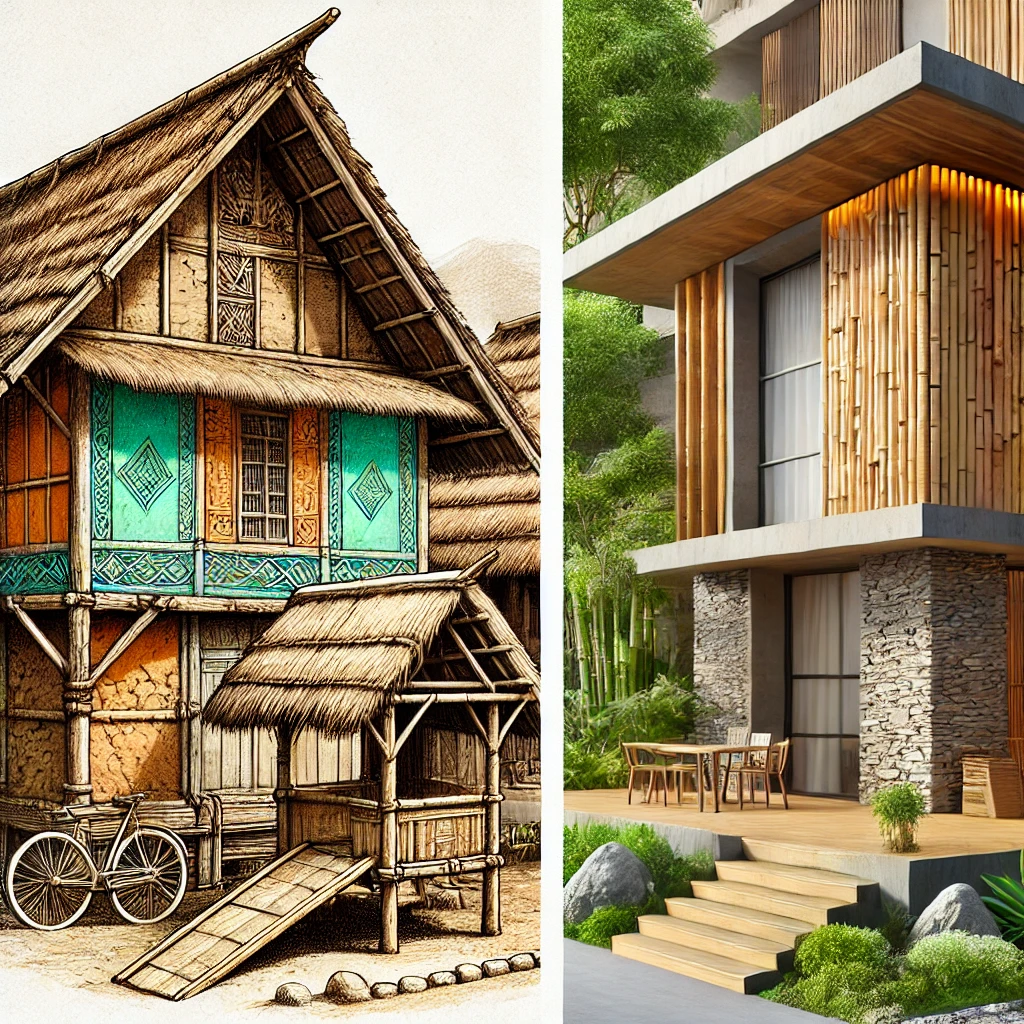
Ancient builders used a lot of natural, locally obtained resources. For example, mudbrick was a staple in ancient Mesopotamia, while timber and thatch were common in Scandinavia. Today, modern architects are revisiting these traditions with a focus on sustainability.
Natural materials like bamboo, reclaimed wood, and stone are increasingly integrated into contemporary designs to reduce environmental impact and add aesthetic value.
Focus on Comfort and Livability
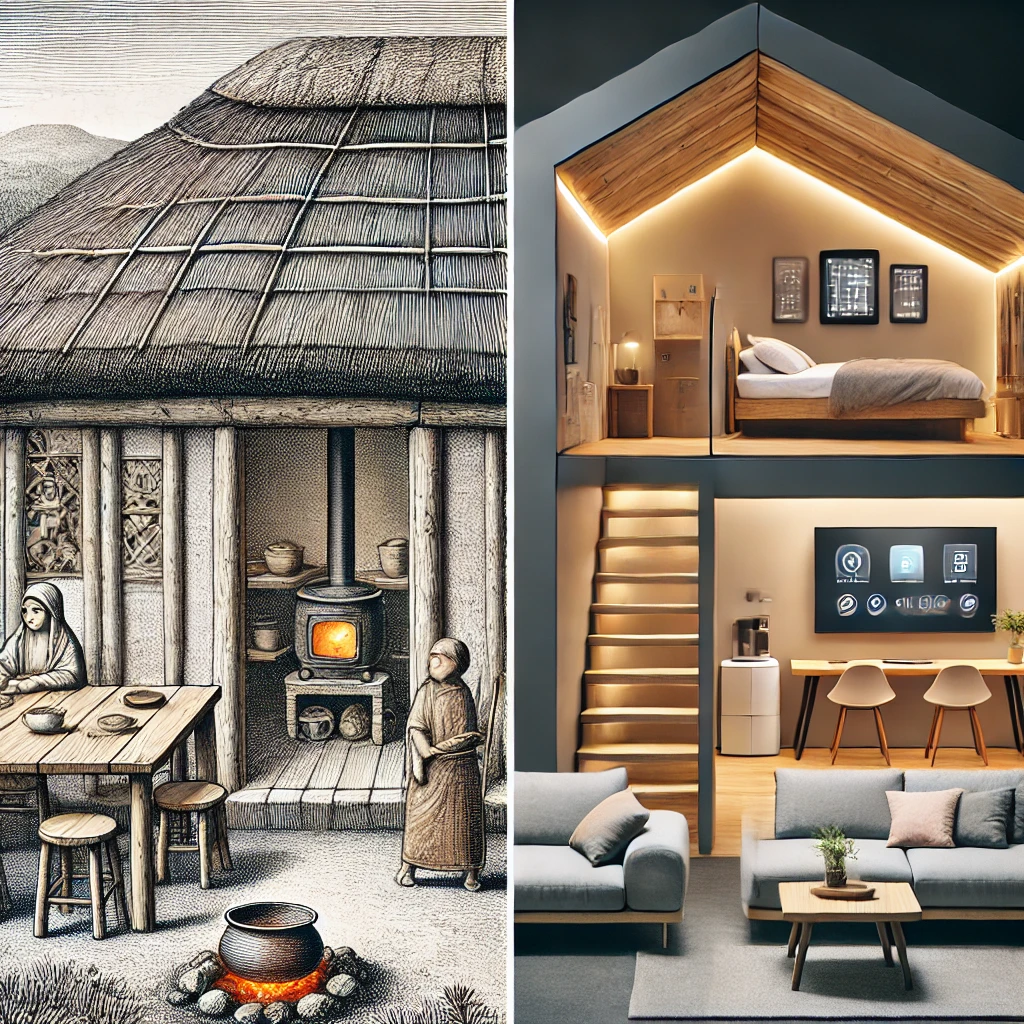
Comfort has always been a priority in home design. Ancient homes featured layouts that maximized utility, with dedicated areas for cooking, sleeping, and communal activities. Modern houses take this a step further by incorporating advanced technologies like HVAC systems, ergonomic furniture, and smart home devices.
Yet, the shared goal of creating a comfortable, functional living space connects homes of both eras.
Sustainability and Energy Efficiency
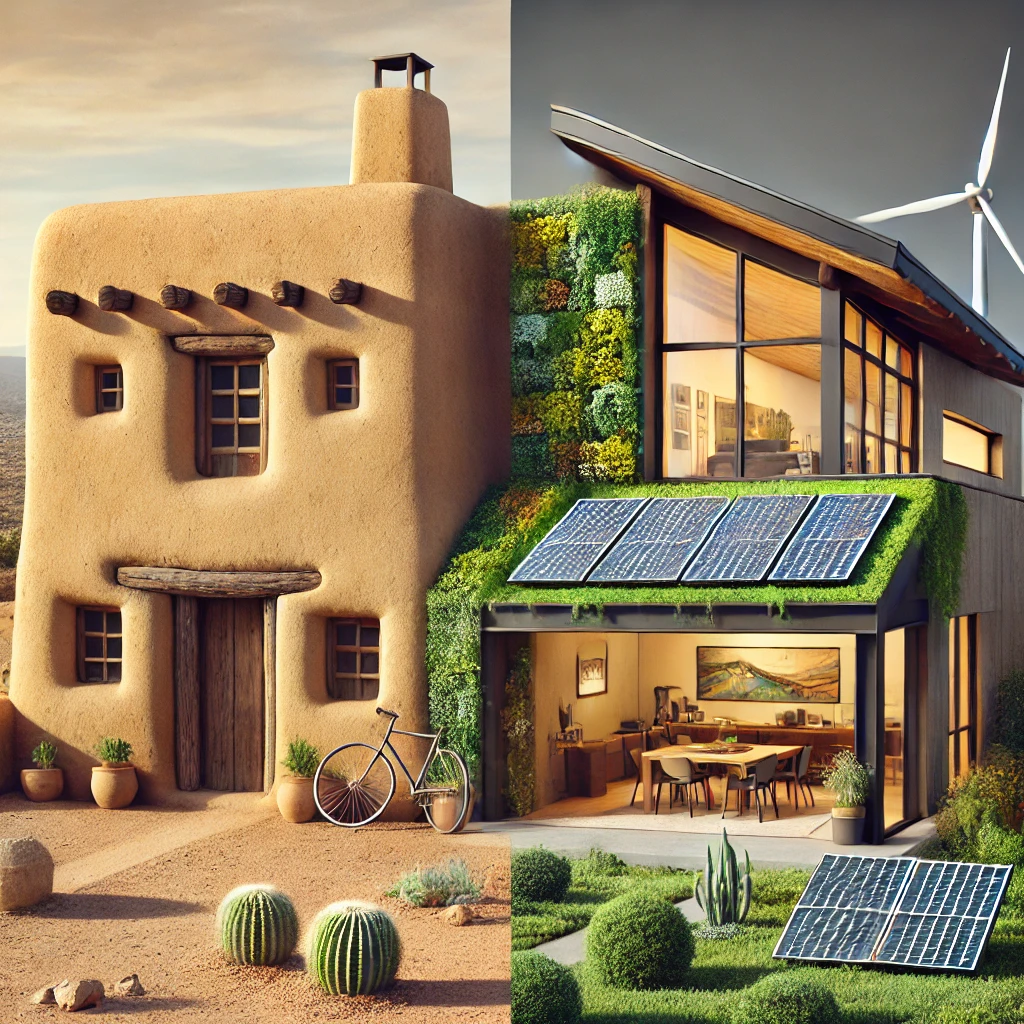
Ancient homes were inherently sustainable due to the use of local resources and passive design principles. Features like thick adobe walls for insulation and strategically placed openings for ventilation were common. Modern homes adopt similar strategies, such as energy-efficient windows, solar panels, and green roofs, inspired by ancient practices.
These efforts reflect a universal desire to harmonize living spaces with the environment.
Social and Cultural Spaces
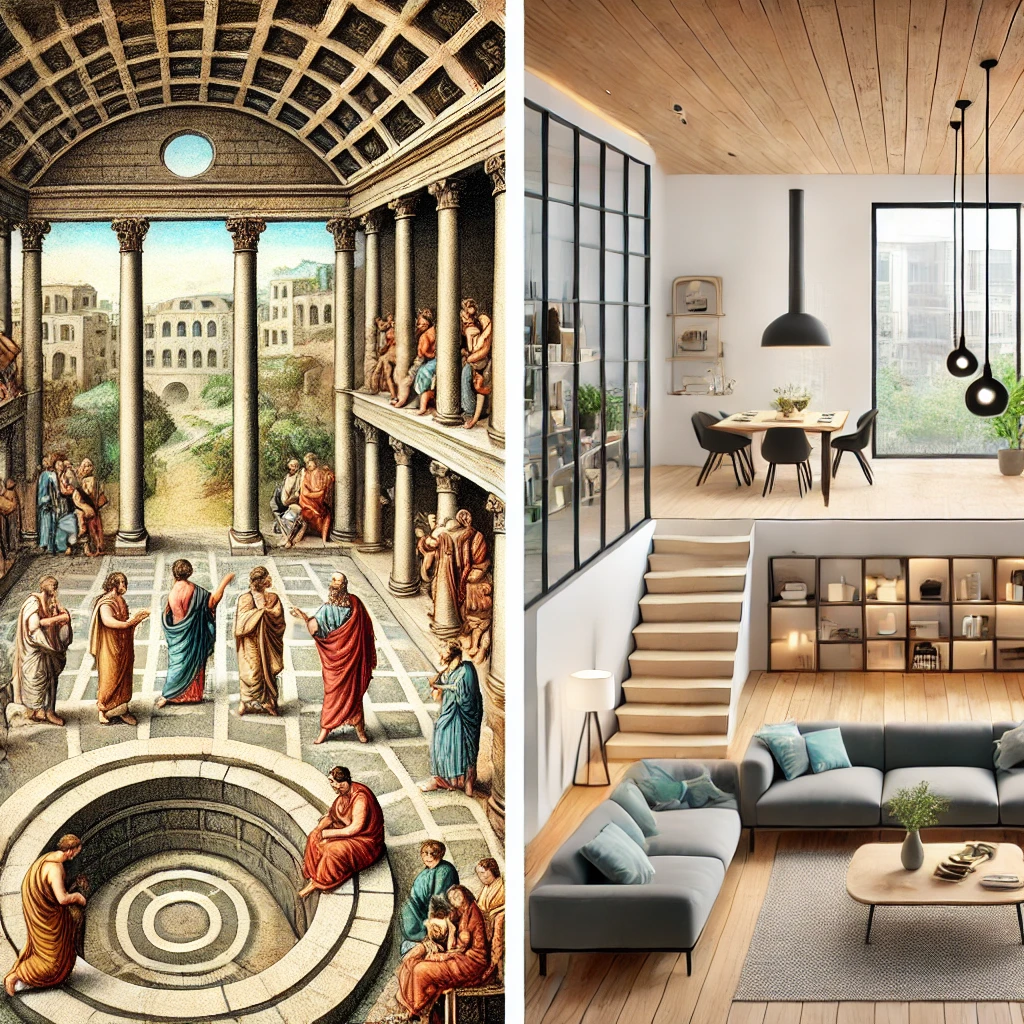
Homes have always been central to social and cultural activities. In ancient times, communal spaces like Roman atriums and medieval great halls were designed for gatherings. Modern houses emphasize similar areas, such as open-concept living rooms and kitchens, fostering interaction among family and friends.
The cultural significance of homes remains timeless, reflecting individual and societal values.
Integration with the Environment
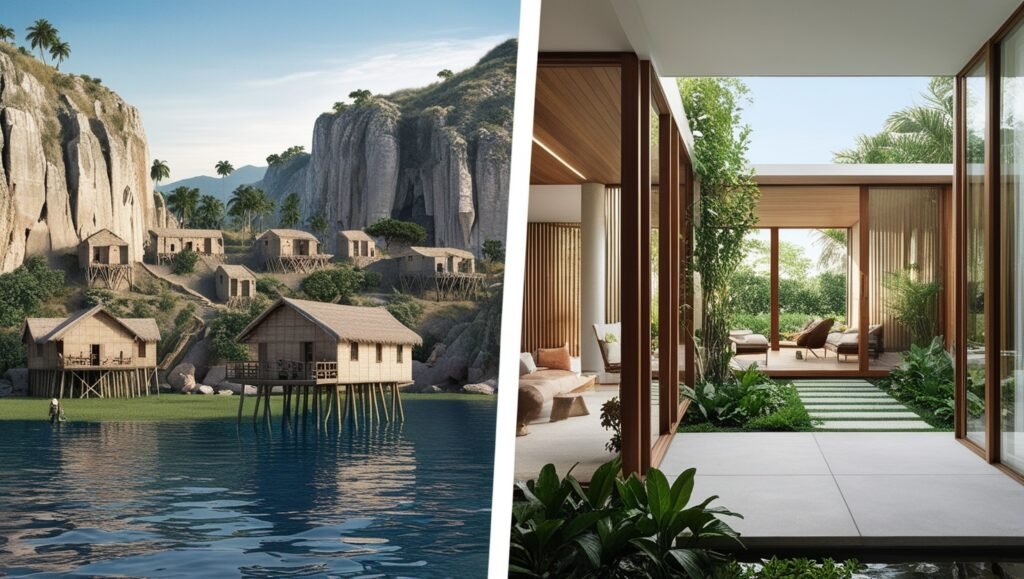
Both modern and ancient homes show an awareness of their natural surroundings. Ancient builders often constructed homes that blended seamlessly with their environment, such as cliff dwellings in Mesa Verde or stilt houses in Southeast Asia.
Contemporary architecture similarly integrates biophilic design elements like indoor gardens, large windows, and natural lighting to create harmony between the built and natural worlds.
Privacy and Security
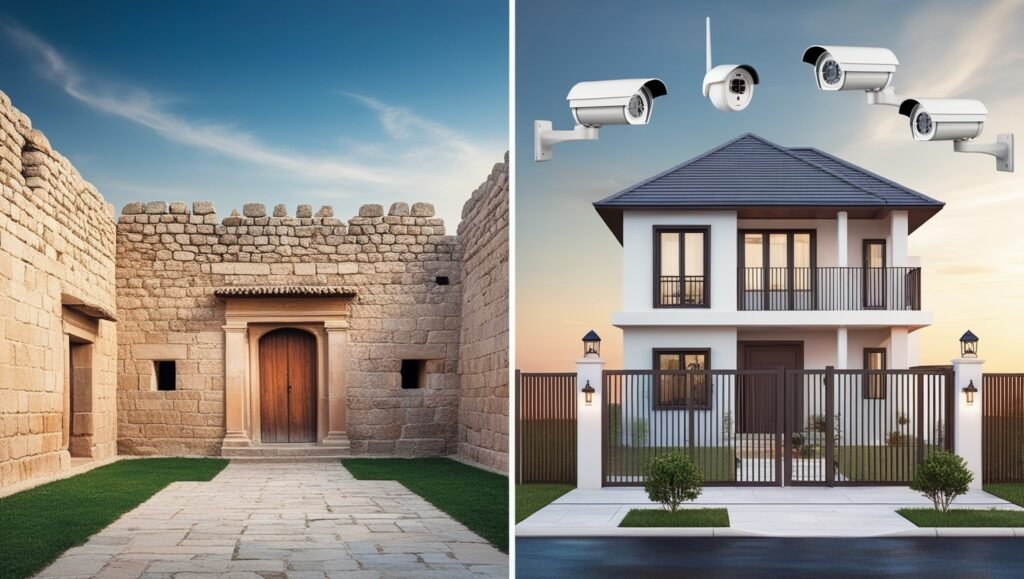
Ancient homes used features like high walls, courtyards, and heavy doors to ensure privacy and security. Similarly, modern houses employ gated communities, surveillance systems, and soundproofing to meet these same needs. Despite technological advancements, the pursuit of personal safety and tranquility remains consistent.
Decorative Elements and Cultural Identity
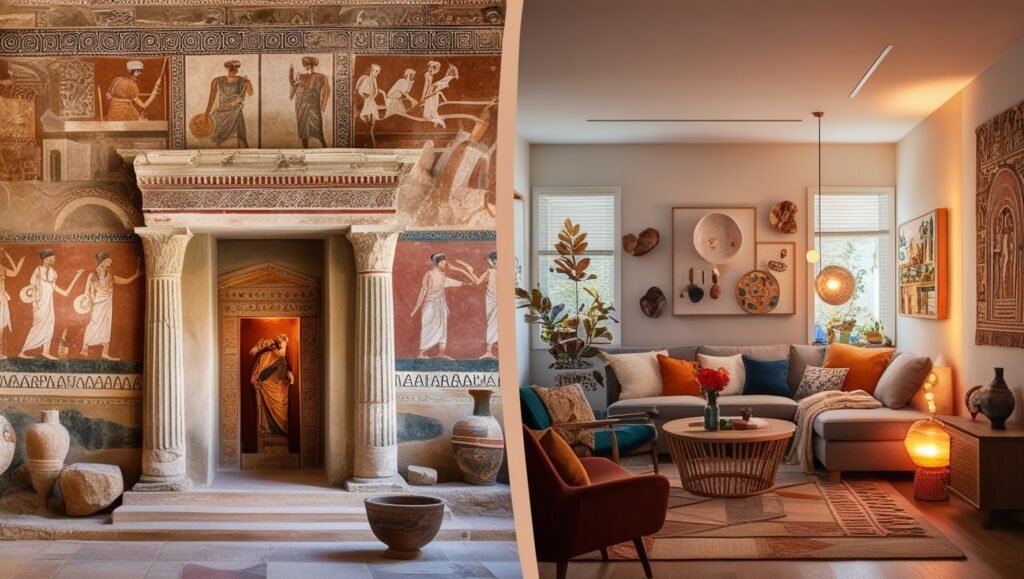
Decoration has always played a significant role in homes. Ancient houses often showcased frescoes, mosaics, and carvings that reflected cultural narratives. Modern homes continue this tradition through personalized decor, art pieces, and design elements that echo individual tastes and heritage. The desire to make a home uniquely one’s own is a timeless aspect of human living.
Multi-Functional Spaces
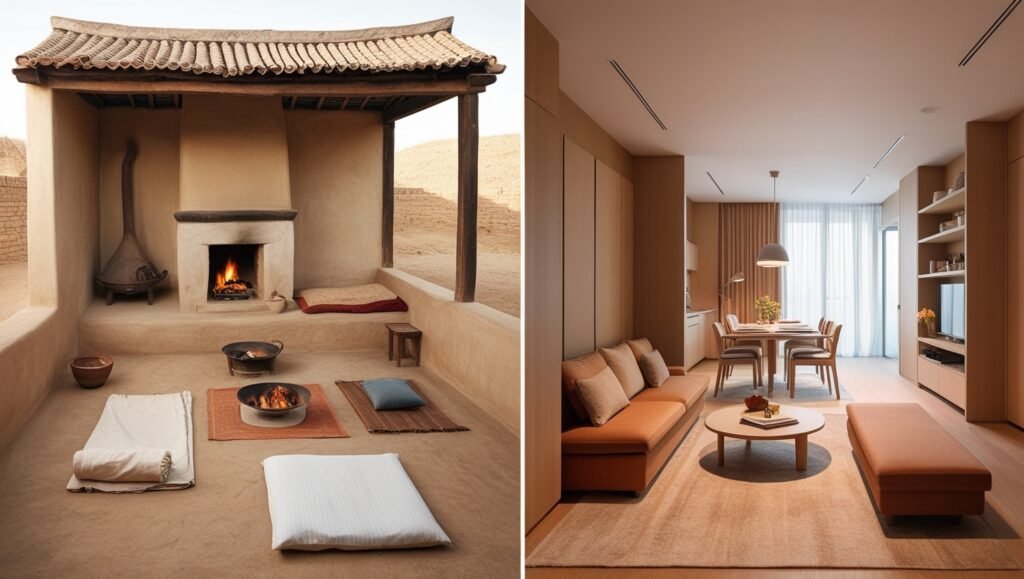
Ancient homes often combined multiple functions within a single space due to limited resources. For instance, a single room might serve as a kitchen, dining area, and sleeping quarters. Modern homes have embraced this concept with open-floor designs and multi-purpose furniture, especially in urban environments where space is at a premium.
Long-Lasting Durability
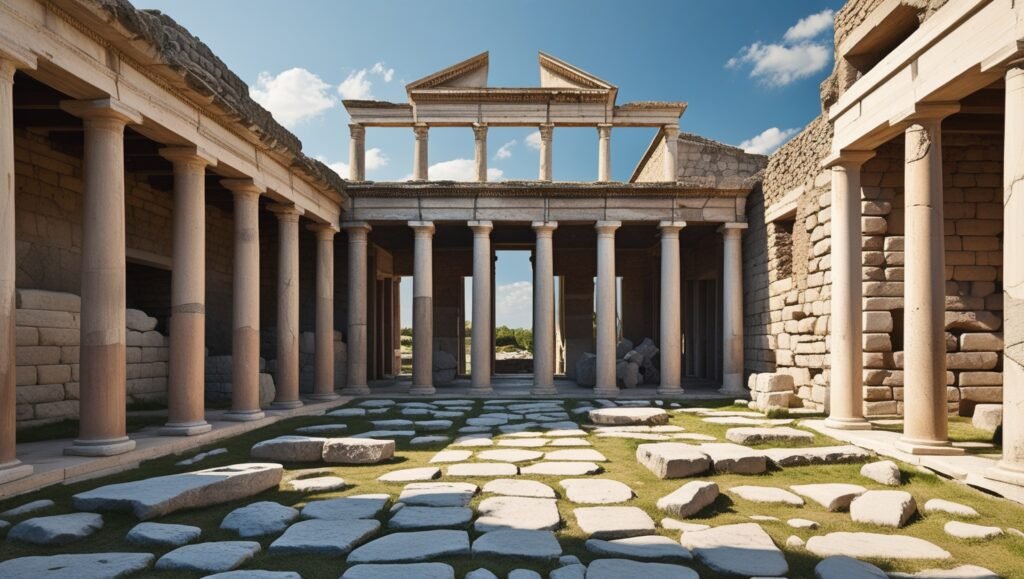
Durability has always been a key consideration in construction. Ancient homes, such as the stone structures of Pompeii, were built to withstand time. Modern houses aim for similar longevity through the use of durable materials like reinforced concrete and weather-resistant coatings.
This shared emphasis on creating enduring structures highlights humanity’s commitment to resilience.
Differences Between Ancient and Modern Homes
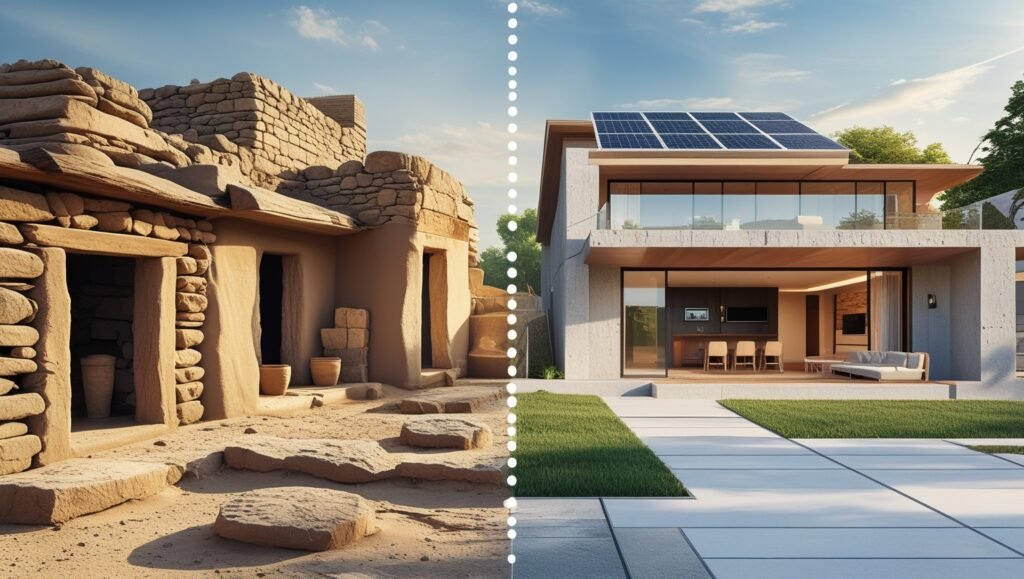
While similarities abound, it’s also essential to consider the differences:
- Materials: Ancient homes used natural resources exclusively, while modern houses incorporate synthetic and engineered materials.
- Design: Traditional homes often had smaller, enclosed spaces, whereas modern homes prioritize open layouts.
- Energy Efficiency: Modern homes leverage advanced technologies like solar panels and insulation, while ancient homes relied on passive techniques.
- Customization: Modern homes offer extensive customization options, from smart systems to bespoke designs, unlike the standardized nature of ancient structures.
Conclusion
The similarities between a modern house and an ancient home reveal a fascinating continuity in architectural goals and human needs. From shelter and comfort to sustainability and social interaction, these enduring principles demonstrate that while styles and technologies may evolve, the essence of what makes a house a home remains unchanged.
We can better appreciate the creativity and adaptability of human creation throughout history by comprehending these analogies.
FAQs
- What is the difference between ancient and modern homes? Ancient homes relied on local materials and simple layouts, while modern homes use advanced technologies and prioritize customization.
- What are some things that combine between ancient architecture and modern architecture? Both emphasize shelter, sustainability, and social spaces, integrating cultural and environmental considerations.
- How do modern homes reflect ancient practices? Modern homes adopt passive design principles, use natural materials, and prioritize energy efficiency, drawing inspiration from ancient techniques.
What is the purpose of a modern house and an ancient home? Both aim to provide a safe, comfortable space for living, reflecting the timeless human need for shelter and connection.





